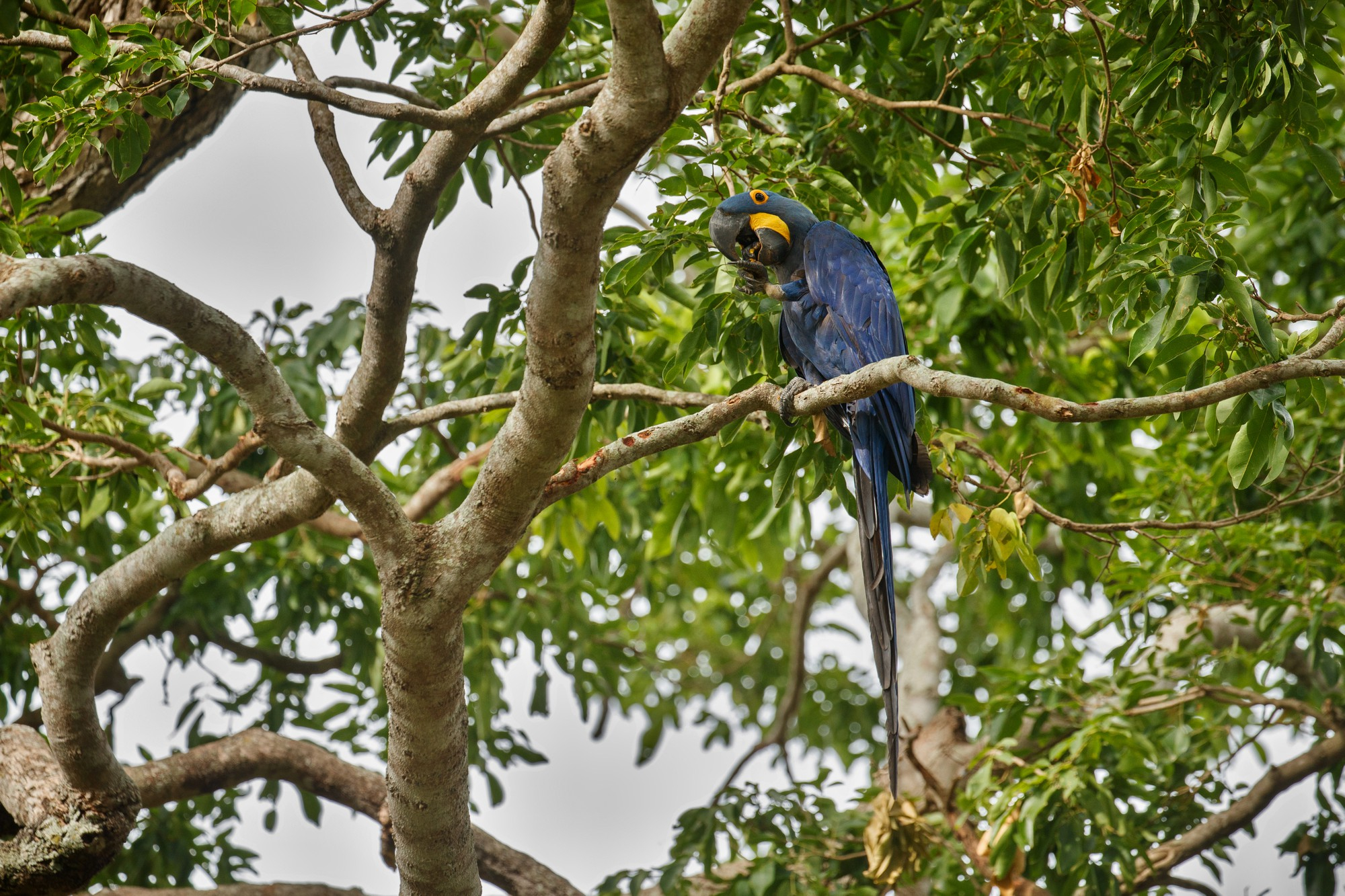When flocks of birds gather in problem areas, it’s time to encourage them to find somewhere else to spend their time. Fortunately, there are humane ways to remove birds without resorting to lethal control or causing harm. By combining a few non-toxic deterrents, birds will quickly get the message it’s no longer a welcome place for them to roost.
Firstly, look at what is attracting birds to the location in question. Are there sources of food or open nesting spaces that are drawing them in? It’s important to remove any incentives for remaining by securing scraps, covering garbage cans, and trimming trees. Without these resources, birds lose their initial motivation for being there. Additionally, disturbing nesting spots eliminates the reason for the whole flock to keep returning day after day.
Secondly, introduce visual scare tactics to startle birds and associate the area with unease. Brightly colored strips of plastic cloth or tin foil hanging from string or poles will reflect light and move unpredictably in the wind. This unpredictable movement confuses birds since they feel most secure when able to clearly see potential predators approaching. Other options include fake predators like plastic owls or models of hawks perched high as a constant reminder of danger. The foreign objects alone are often enough to convince birds to relocate.
Next, reinforce the visual deterrents with audible ones as sound scares birds almost as easily as sights. Play recordings of predator distress calls or bird and animal noises that birds recognize from the wild. Since birds communicate danger warnings to the whole group, distress cries from speakers warn others to stay clear. Alternatively, intermittent bursts from ultrasonic pest deterrent machines emit high-frequency sound waves inaudible to humans that disturb flock activities from a distance.
Lastly, resort to foul-smelling liquids or gels sprayed or scattered in trouble zones if other non-invasive tactics prove insufficient. Organic substances like hot sauce extracts, garlic, or citrus oil extracts leave an unwelcoming stench that birds detect before landing. The non-toxic repellents are plant-based and evaporate over time, presenting no pollution hazard. Using them together with visual/audio annoyances boosts the message that better locations exist elsewhere.
With patience and a multifaceted approach, any site’s nuisance birds can usually be encouraged to move on naturally. Minor adjustments help sustain effects versus waiting for populations to return. Prioritizing humane removal, birds learn to avoid problem spots while staying unharmed. Overall it’s a win-win solution that maintains wildlife welfare at the same time.
In conclusion, carefully-selected non-toxic deterrents can successfully solve bird gatherings humanely. Combining sights, sounds and scents presents enough annoyance factors for birds to seek more hospitable habitats. With some initial effort, the problem relocates along with the flock to areas where their presence causes no conflicts with people or property. Most importantly, no birds come to harm by simply persuading them to perch elsewhere.

